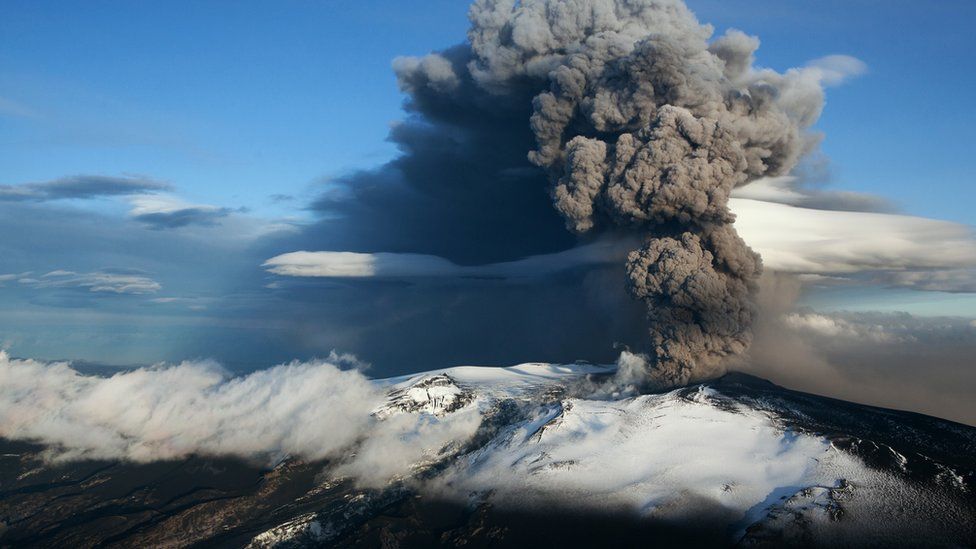-

-
-
Loading

Loading

The Reykjanes eruption is not expected to cause the same level of disruption as the Eyjafjallajökull volcano eruption in 2010. During the previous eruption, ash particles were propelled into the atmosphere and dispersed across Western Europe. This led to grounded planes for several weeks due to concerns about potential damage to jet engines and unsafe air travel. However, the current eruption does not carry the same risks. Unlike the 2010 eruption, which occurred under a glacier, this eruption is not under any ice cover. Professor Matthew Watson from the University of Bristol, an expert in volcanoes and climate, stated that while there is a possibility of some impact on air travel, it is unlikely. This type of eruption typically does not produce significant amounts of ash, which is the main factor that grounds planes. The Eyjafjallajökull eruption involved interactions between water and molten rock, creating a powerful explosive reaction. This turned the rock into ash and glassy particles that were believed to be a threat to jet engines. The ash cloud from the eruption was spread across Western Europe by the jet stream, exacerbating the disruption to air travel. According to volcanologist Dr. Sam Mitchell from Bristol University, the risks associated with the Reykjanes eruption are localized. He assured that people should not be concerned about the airspace over Europe as this eruption is different from the one in 2010 and does not involve an explosive release of water. The main risk for local residents is volcanic fumes, which can be uncomfortable, especially for those with respiratory issues. Dr. Matt Genge, a senior lecturer in Earth and Planetary Science at Imperial College London, commented that the progression of the Reykjanes eruption is still uncertain. The lava flows from this eruption are hot and fluid, making them dangerous and difficult to approach. The impact on popular tourist sites like the Blue Lagoon and the town of Grindavik will largely depend on the topography of the area. Lava tends to flow downhill until it cools, and there are limited options for diverting its path. In conclusion, while the Reykjanes eruption is generating attention, it is not expected to cause the same widespread disruption to air travel as the Eyjafjallajökull eruption in 2010. The risks associated with the current eruption are mainly local, with volcanic fumes being the primary concern for residents. Continued monitoring of the eruption's progression will provide more information about its impact on nearby areas.